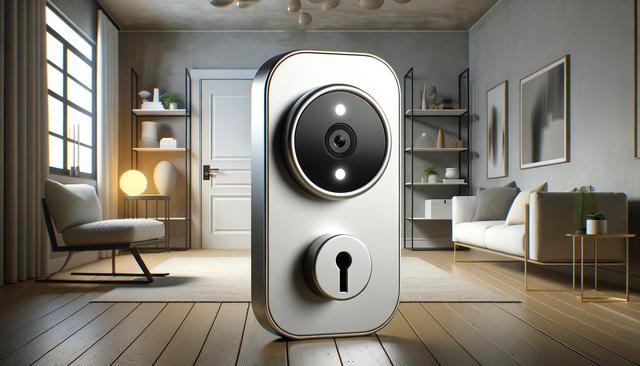What Makes Epoxy Flooring a Smart Upgrade?
Epoxy flooring is gaining popularity among homeowners and business owners alike due to its impressive blend of functionality and visual appeal. Unlike traditional flooring materials, epoxy offers resistance to wear, moisture, and chemicals, making it ideal for high-traffic areas. The application involves a resin and hardener that, when combined, form a rigid, plastic-like surface that bonds exceptionally well to concrete. This results in a seamless and long-lasting finish that can withstand heavy use with minimal maintenance.
One of the main advantages of epoxy flooring is its versatility. It comes in a wide range of colors, patterns, and textures, allowing you to customize the look to match your interior design. Whether you’re aiming for a sleek, modern appearance or a more industrial vibe, there’s an epoxy solution to suit your vision. Additionally, it can be combined with decorative chips or metallic pigments to create stunning effects that elevate the aesthetic of any room.
Ideal Applications for Epoxy Flooring
Epoxy flooring is not limited to a specific type of environment. Its adaptability makes it suitable for various settings, from residential garages to commercial warehouses and even retail spaces. Below are some common applications:
- Garages: Epoxy resists oil stains, tire marks, and abrasions, making it perfect for automotive use.
- Basements: Its moisture-resistant properties help prevent mold and mildew build-up.
- Commercial kitchens: Easy to clean and resistant to spills, epoxy flooring supports hygiene standards.
- Showrooms: With decorative finishes, epoxy can enhance the visual appeal of display areas.
In offices and retail spaces, epoxy flooring can be tailored with branding elements or color zoning to improve functionality and enhance the customer experience. Its seamless surface also ensures a clean and polished look, which contributes to a professional atmosphere.
Durability That Withstands the Test of Time
One of the best features of epoxy flooring is its exceptional durability. Once cured, it becomes a hard, impact-resistant surface designed to endure years of heavy use. Unlike tile or wood, it doesn’t easily chip or crack under pressure. This makes it a cost-effective solution over the long term, as the need for repairs or replacements is minimal.
Maintenance is also straightforward. The smooth, non-porous nature of epoxy means that dirt, dust, and liquids stay on the surface, allowing for easy cleanup. A simple sweep and occasional mop are typically sufficient to keep the floor looking like new. This low-maintenance requirement is especially beneficial for businesses where time and resources may be limited.
Moreover, epoxy’s resistance to chemicals and heat adds another layer of protection. This makes it suitable for environments like laboratories, manufacturing plants, and commercial kitchens where spills and temperature fluctuations are common.
Eco-Friendly and Safe Flooring Choice
Epoxy flooring not only enhances the look of your space but also contributes to a safer and more environmentally responsible environment. Many epoxy products are low in volatile organic compounds (VOCs), which helps maintain good indoor air quality. Additionally, the longevity of epoxy means fewer materials are needed for replacements, reducing overall waste.
Safety is another important benefit. Epoxy coatings can be customized with anti-slip additives to provide traction in areas prone to moisture or spills. This is particularly valuable in commercial and industrial settings where workplace safety is a top priority. Reflective finishes can also improve visibility by enhancing lighting conditions, contributing to a safer and more efficient workspace.
For those focused on creating sustainable spaces, epoxy flooring can be installed over existing concrete, reducing the need for demolition and additional materials. This makes it a smart choice for eco-conscious renovations and new builds alike.
Planning Your Epoxy Flooring Installation
Before beginning an epoxy flooring project, careful planning is essential to ensure a successful outcome. First, assess the condition of your current floor. Epoxy adheres best to clean, dry, and slightly porous surfaces. Cracks or damage should be repaired before application to achieve a smooth and even finish. Professional installers often conduct thorough surface preparation, including grinding or shot blasting, to optimize adhesion.
Next, consider your design preferences. Do you prefer a solid color, a flake system, or a metallic finish? Each option offers a different aesthetic and functional benefit. It’s also important to choose a formulation that aligns with your specific use case, whether it’s for heavy machinery, foot traffic, or exposure to chemicals.
- Solid color: Clean and uniform appearance, ideal for minimalistic interiors.
- Decorative flakes: Adds texture and hides imperfections.
- Metallic finishes: Offers a high-end, reflective look.
Timing is also a key factor. Epoxy flooring requires multiple steps, including curing time, which can range from 24 to 72 hours depending on the product. Planning around business hours or household activities can help minimize disruption during the installation process.
Conclusion: A Stylish and Practical Investment
Epoxy flooring offers a unique combination of visual appeal, durability, and practicality that makes it a worthwhile investment for both homes and businesses. Its customizable features allow you to tailor the look to your taste, while its low-maintenance and long-lasting nature provide lasting value. Whether you’re upgrading a garage, remodeling a commercial space, or seeking a contemporary touch for your basement, epoxy flooring can revitalize your space both functionally and aesthetically.
As with any renovation, working with experienced professionals can help you achieve the most effective results. With careful planning and the right design choices, epoxy flooring can transform your environment into a more beautiful, safer, and more efficient place to live or work.


